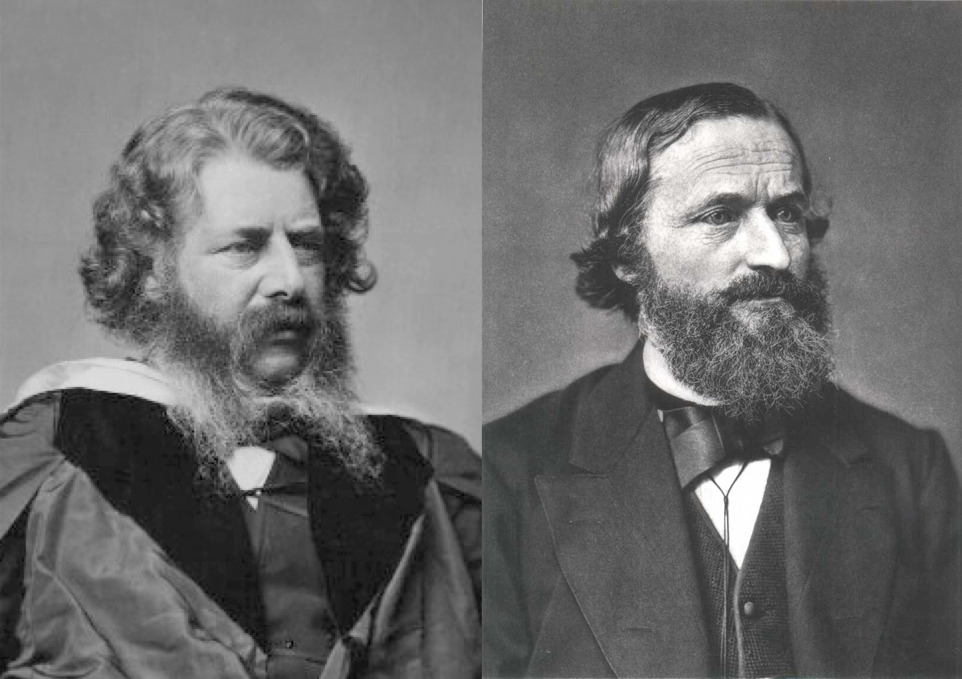Romps, The Rankine-Kirchhoff approximations for moist thermodynamics, QJRMS, 2021
Paper
Description
Depending on the level of approximations used, thermodynamic equations for moist air (a mixture of dry air and the three phases of water) can range from simple and analytic to complicated and analytically intractable. To guarantee analytic solutions, a typical approach is to approximate the latent enthalpies of evaporation and sublimation as independent of temperature. This effectively assumes that the heat capacities of the three phases of water are constant and equal.
In reality, the heat capacities of the three phases are very different, and they also vary somewhat with temperature. A more accurate approach, which still yields analytic expressions, is to treat the heat capacities of the three phases as different but still independent of temperature. This approach was first used by Gustav Kirchhoff and William Rankine in the mid-1800s to derive a highly accurate analytic expression for the saturation vapor pressure. A lack of awareness of this work has led to it being rediscovered independently many times since. Here, the history of this approach is reviewed and a proposal is made that the trio of underlying approximations (ideal gas, constant heat capacities, and zero-volume condensates) be elevated to a named entity to raise awareness of the universe of accurate and analytic expressions they generate.
(left) William Rankine (1820-1872) and (right) Gustav Kirchhoff (1824-1887).
